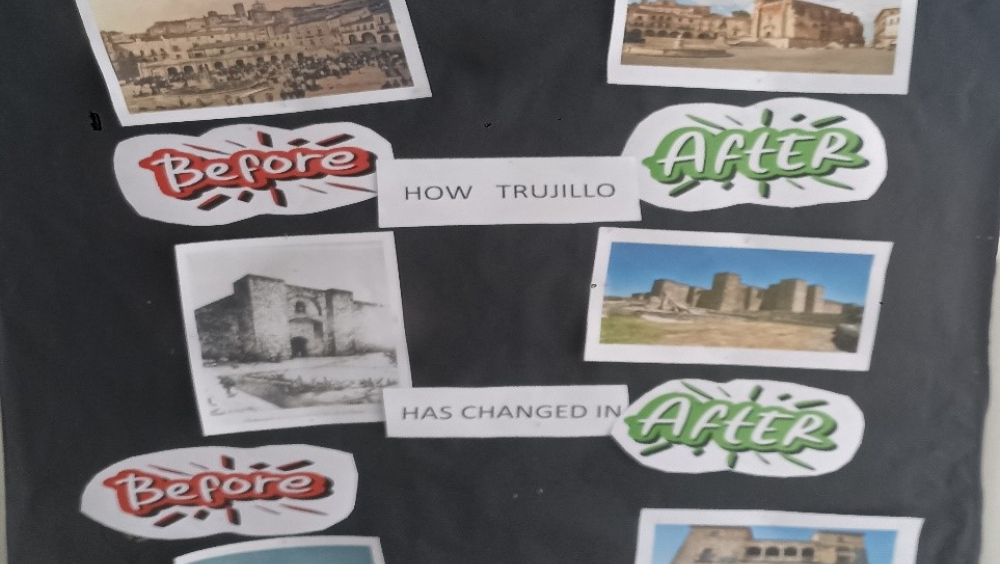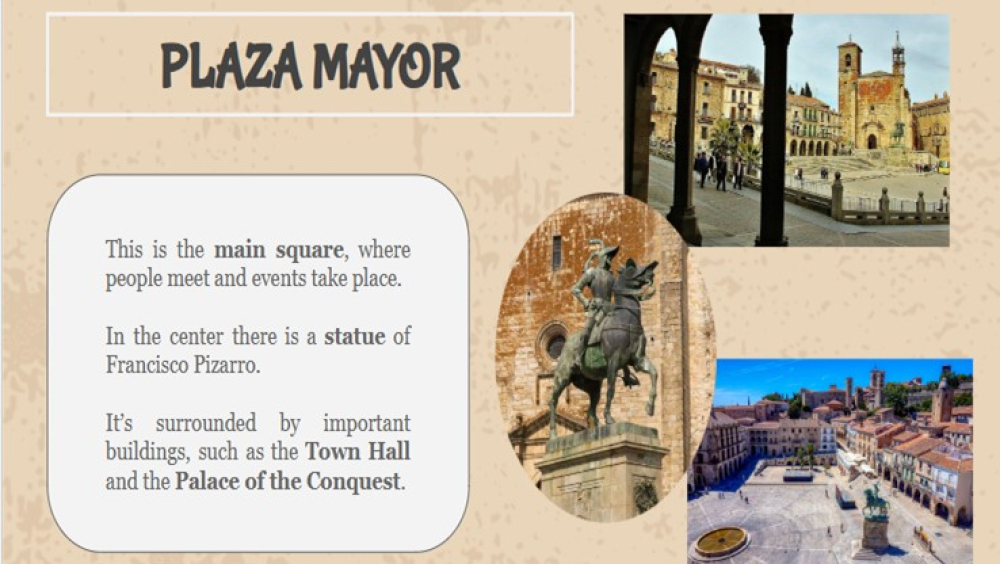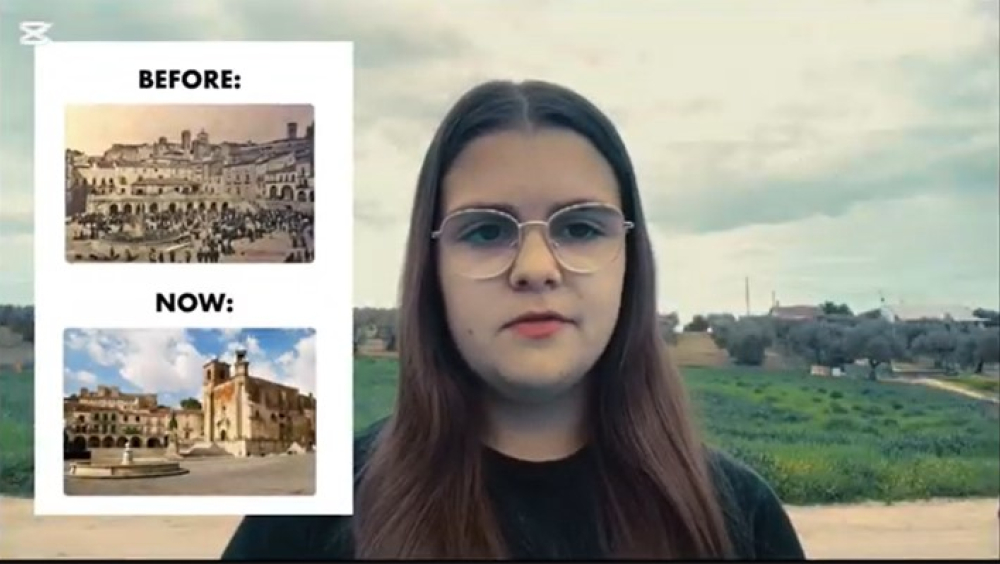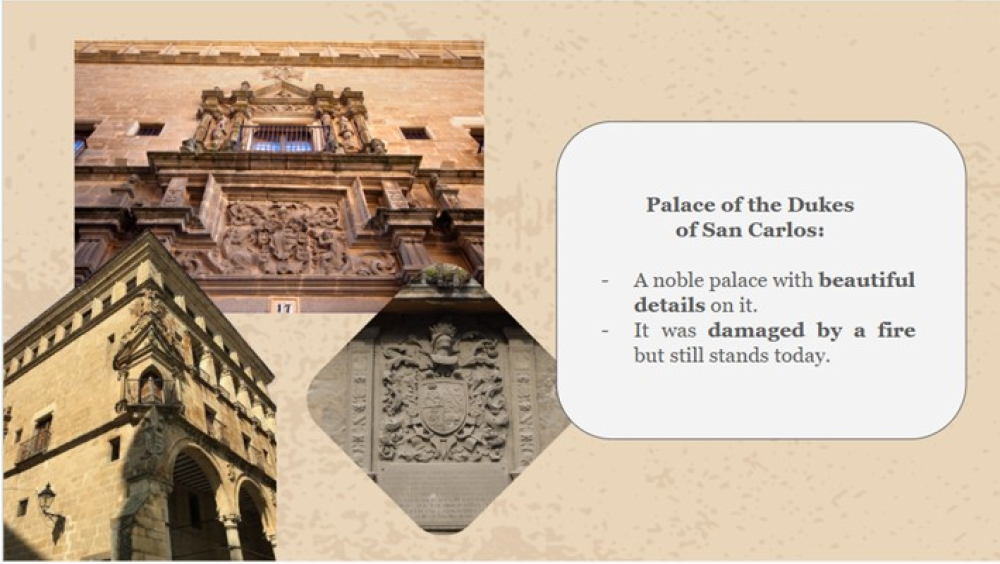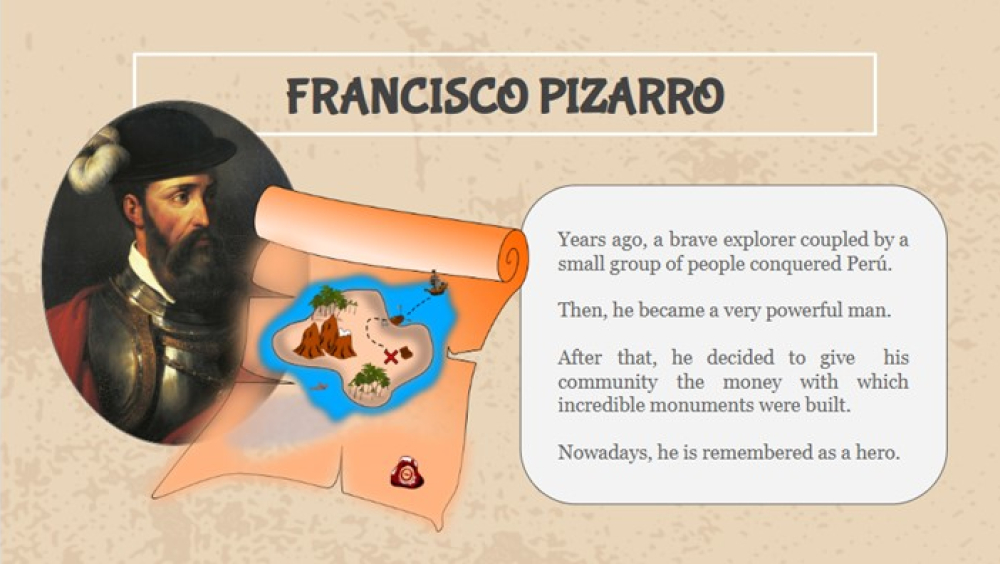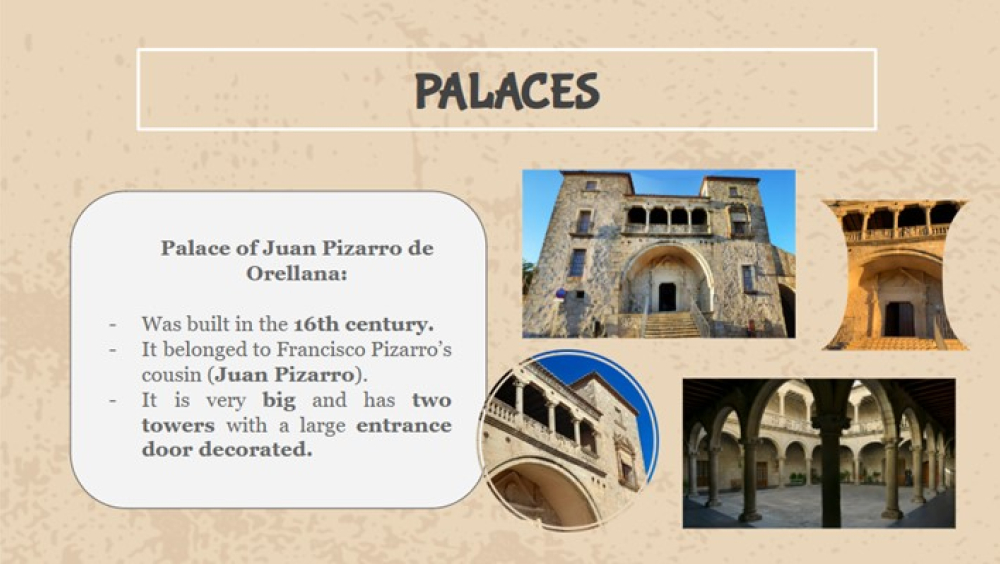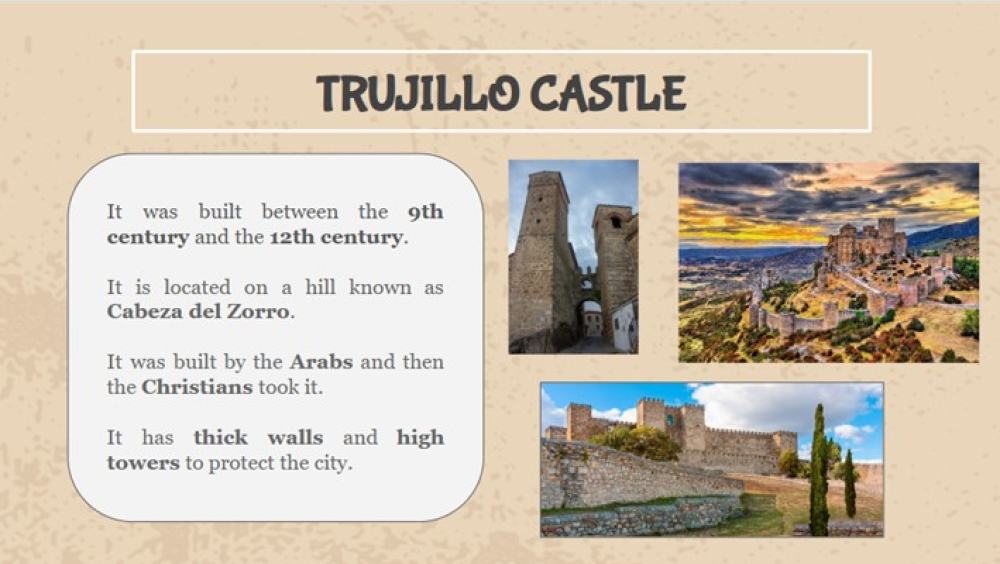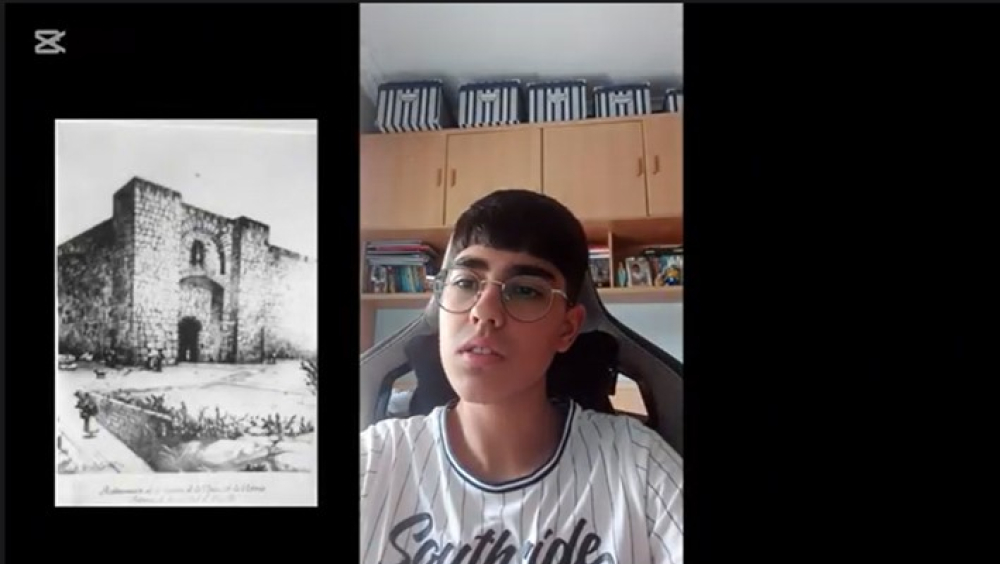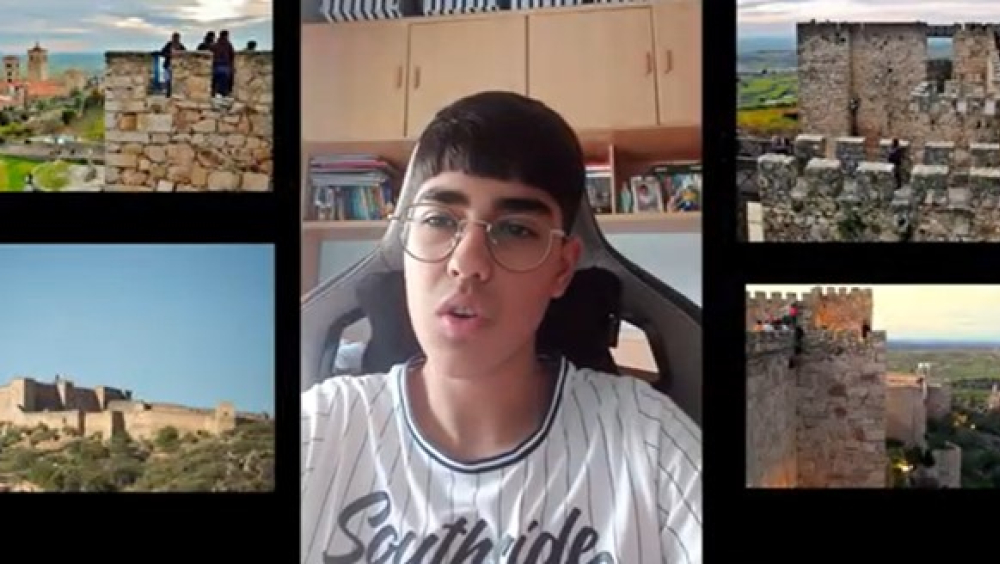How Trujillo has changed in the last few years?
Trujillo is a historic town in Spain; Extremadura, it has experienced notable changes in recent years, reflecting both its rich heritage and evolving modern dynamics. Trujillo’s legacy as the birthplace of conquistadores like Francisco Pizarro remains a point of pride and debate. Trujillo has navigated demographic shifts, embraced new economic ventures and engaged in cultural dialogues while preserving its historical essence
Overview "How Trujillo Has Changed in the Last Few Years?"
Trujillo, a town rich in history and cultural heritage, has undergone significant changes in recent years. Our story, titled "How Trujillo Has Changed in the Last Few Years?", aims to explore and document these transformations while emphasizing the importance of preserving its historical and cultural identity. This study is particularly relevant in an era where modernization and development often challenge the conservation of historical landmarks and traditions.
Through extensive research, fieldwork, and creative presentations, we have analyzed various aspects of Trujillo’s evolution, focusing on urban development. Our project consists of a PowerPoint presentation, a video with students’ oral presentations, and a visual exhibition at our school, featuring "before and after" photographs that illustrate Trujillo’s transformation over time.
It has revealed several significant changes in Trujillo over the past few years.
Urban and Architectural Transformations: One of the most evident changes in Trujillo is the evolution of its urban landscape. While the historic center remains well-preserved, modern infrastructure has developed around it
We observed that while many historical buildings have been restored, some areas have faced challenges in maintaining architectural authenticity. The balance between modernization and heritage conservation remains a crucial issue for urban planners and local authorities.
Economic and Social Changes
Tourism has played a significant role in Trujillo’s recent development. The town, known for its historical landmarks, has become an increasingly popular destination for visitors interested in its medieval streets, castles, and cultural festivals. This growth in tourism has boosted local businesses, particularly in hospitality, gastronomy, and artisanal crafts.
Cultural Heritage and Conservation Efforts
A key focus of our story was understanding how Trujillo has managed to maintain its cultural heritage amidst modernization. We discovered that various initiatives have been implemented to preserve historical sites, such as restoration projects funded by local and national heritage organizations.
However, our research also highlighted ongoing challenges. For instance, the increasing number of tourists has put pressure on historic sites, raising concerns about their long-term preservation. Striking a balance between accessibility and conservation is essential to ensuring that future generations can continue to appreciate Trujillo’s cultural legacy.
We also recognized the role of education in heritage conservation. By engaging in this project, we not only learned about Trujillo’s past but also became more aware of the responsibilities we have in protecting our cultural legacy. We hope that our work inspires others to appreciate and contribute to the preservation of historical sites in their own communities.
Our story "How Trujillo Has Changed in the Last Few Years?", has been a rewarding experience that combined historical research, fieldwork, and creative presentation methods. By examining the transformations in Trujillo, we have developed a greater appreciation for the town’s heritage and the efforts required to protect it.
This story not only reflects local changes but also connects with broader European heritage conservation efforts.
Across Europe, historic towns face similar challenges: how to adapt to modern economic and social demands while safeguarding their unique identity. The European Union, through different initiatives, promotes the protection of historic towns, ensuring that cultural heritage remains a pillar of European identity.
Through our oral presentations, and visual exhibition, we highlight the importance of European cooperation in heritage conservation. Trujillo’s case reinforces the need for responsible urban planning and education on cultural heritage, in line with EU objectives.
By preserving our heritage, we contribute to a shared European identity, ensuring that history and progress go hand in hand for future generations.
